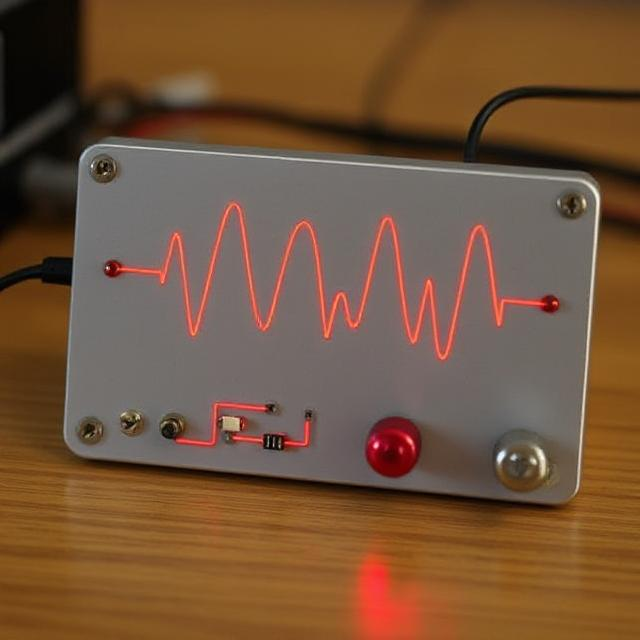When diving into the world of electronics or electrical engineering, it’s essential to grasp three key concepts: Voltage, Current, and Power. These fundamental quantities are interrelated, helping us understand how electricity flows through circuits and powers devices. Let’s explore each concept in a straightforward way.
Voltage (V) – The Electrical Push
Voltage is the force that pushes electric charges through a conductor. You can think of electricity like water flowing through a pipe, with voltage acting as the water pressure that drives the flow.
-
Symbol: V
-
Unit: Volts (V)
-
Measured With: Voltmeter or multimeter (in voltage mode)

Everyday Example: A standard AA battery provides 1.5 volts, which is enough to power devices like remote controls, wall clocks, or small toys.
Current (I) – The Flow of Electricity
Current is the flow of electric charge (electrons) through a circuit. If voltage is the pressure, then current is like the flow of water through the pipe. Higher current means more electrons are flowing through the circuit each second.
-
Symbol: I
-
Unit: Amperes or Amps (A)
-
Measured With: Ammeter or multimeter (in current mode)
Two Main Types of Current:
-
Direct Current (DC) – Flows in one direction (common in batteries)
-
Alternating Current (AC) – Flows back and forth (used in household power outlets)
Everyday Example: A mobile phone charger might draw about 2 amps of current when charging a device.
Power (P) – The Energy Used or Supplied
Power is the rate at which electrical energy is used by a device or delivered by a source. It depends on both voltage and current. The relationship between voltage, current, and power can be described with the formula:
-
Power Formula: P = V × I
This means that power is the product of voltage and current.
-
Symbol: P
-
Unit: Watts (W)
-
Measured With: Wattmeter or calculated using voltage and current
Everyday Example: A 60-watt incandescent bulb uses more power than a 9-watt LED bulb, even though both can light up a room.
How Voltage, Current, and Power Work Together
In a simple circuit:
-
A battery provides voltage (the push).
-
This causes current (the flow) to move through wires and components.
-
The flowing current delivers power to devices like lights or motors.
If the voltage increases and the resistance remains the same, the current also increases, which means more power is either consumed or delivered.
Quick Comparison Table
| Quantity | What It Means | Unit | Measured With | Formula |
|---|---|---|---|---|
| Voltage | Electrical pressure/push | Volts (V) | Voltmeter or Multimeter | – |
| Current | Flow of electric charge | Amps (A) | Ammeter or Multimeter | – |
| Power | Rate of energy used/supplied | Watts (W) | Wattmeter or Calculation | P = V × I |
Why These Quantities Matter
Understanding Voltage, Current, and Power is crucial because these quantities form the foundation of all electrical circuits, from simple devices like flashlights to more complex systems like computers. A solid understanding of these concepts will help you:
-
Design safe and efficient electrical systems
-
Select the right components for your circuits
-
Prevent device failures and overheating
-
Troubleshoot and resolve electrical problems











